Putting Ancient Recipes on the Plate
To better understand the distant past, it can help to taste and smell it.
Today the bread is crisped black as charcoal, and run through with cracks. A baker had kneaded and shaped the squat, round loaf, known as a panis quadratus, and slid it into an oven one day in A.D. 79, in the shadow of Mount Vesuvius. We all know what happened next.
Over the last couple of hundred years, since the ash-shrouded cities of Pompeii and Herculaneum were rediscovered, dozens of these loaves, carbonized by the sudden, searing heat of pyroclastic flows, have turned up. They’re relics of an astounding disaster, but there’s something intimate and familiar about them that collapses time and distance. You can imagine the routine of mixing and rolling the dough, the smell of fermenting starter, the sound of a perfect crust cracking under your thumb.

That scene had lodged itself in Farrell Monaco’s mind when she volunteered at the seemingly endless archaeological site last summer, with the Pompeii Food and Drink project. Monaco, who chronicles her adventures and research in ancient food on her blog, Tavola Mediterranea, helped document features there related to eating—from a restaurant to a small peasant kitchen to altars where animals were sacrificed. “If you gave me a huge research grant and a lifetime supply of water and sunscreen, you’ll likely find me camped out, alongside Enzo the stray dog, in one of Pompeii’s 35 bakeries,” she wrote.
Each morning, Monaco picked her way across the site early, before it was beset by throngs of tourists. These walks, she says, stoked her imagination. She wondered about daily routines from 2,000 years ago, when the volcano was of little immediate concern and bakers and cooks fussed to fortify the busy city. What smells drifted from ovens in the morning? How did lunch taste? In pursuit of answers, Monaco decided to recreate a panis quadratus and bring the past into her kitchen.
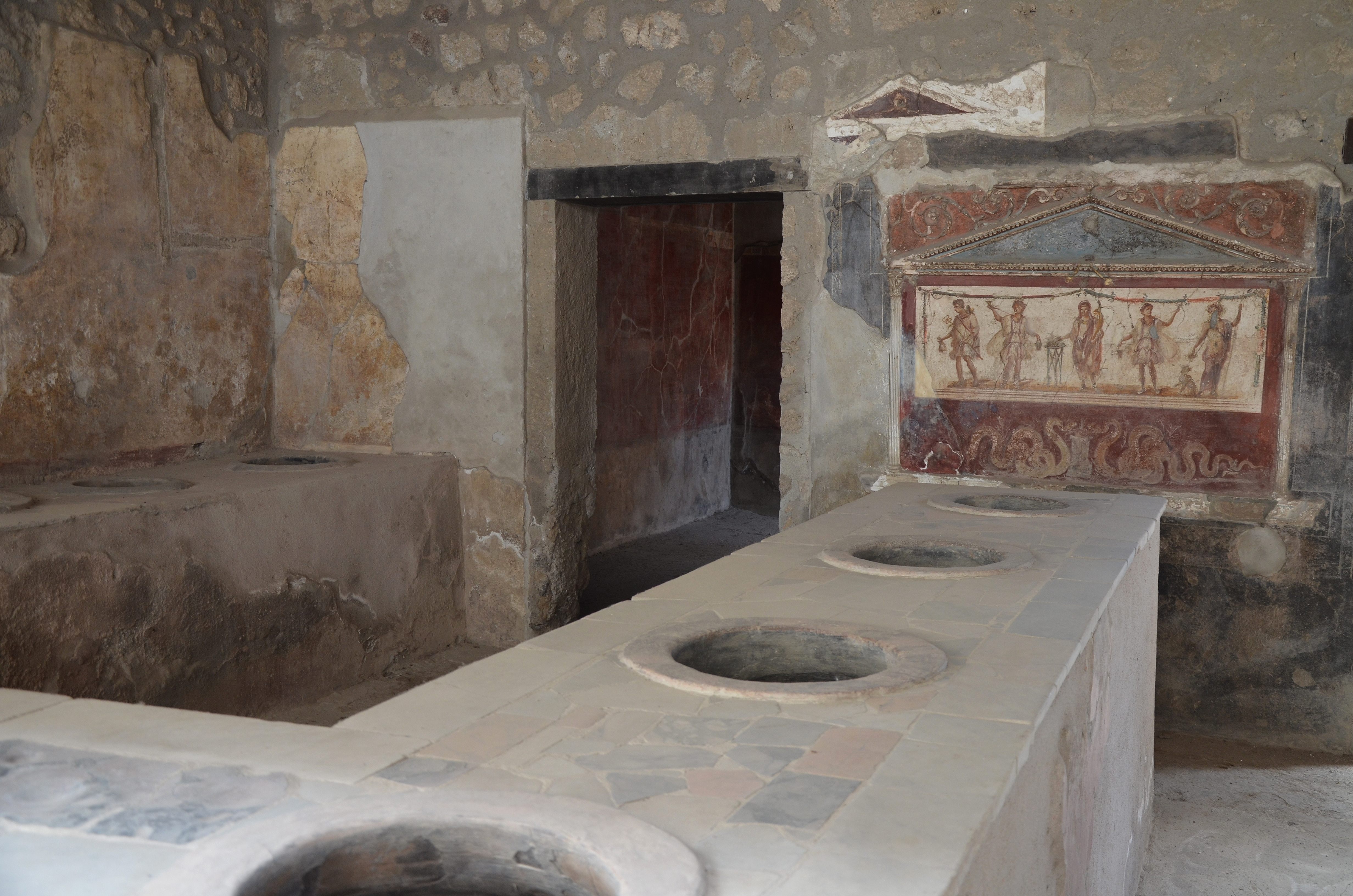
Most research into the archaeology of food focuses on three broad slices. There’s physical evidence, from vessels and eating implements to bones and botanical remains. There’s also the visual record, such as cave paintings of a hunt or frescoes of plump figs. And then there’s the written record, everything from mentions of dishes to full recipes in ancient texts or on cuneiform tablets.
Monaco has long been interested in ancient foodways, from daily habits to continent-spanning trade networks. A few years ago, she volunteered at Monte Testaccio, a mountain in Rome composed entirely of fragments of amphorae that carried olive oil around the Mediterranean. The ancient garbage dump reaches more than 100 feet high and contains the broken remains of tens of millions of containers, spanning 250 years. Many of the fragments bear stamped or painted inscriptions, which help researchers understand the volume and origin of the contents of Rome’s market districts. The information is invaluable to archaeologists, Monaco says, but it is an overwhelming tide of data. To most people, it’s not necessarily much help for imagining life in the classical world.
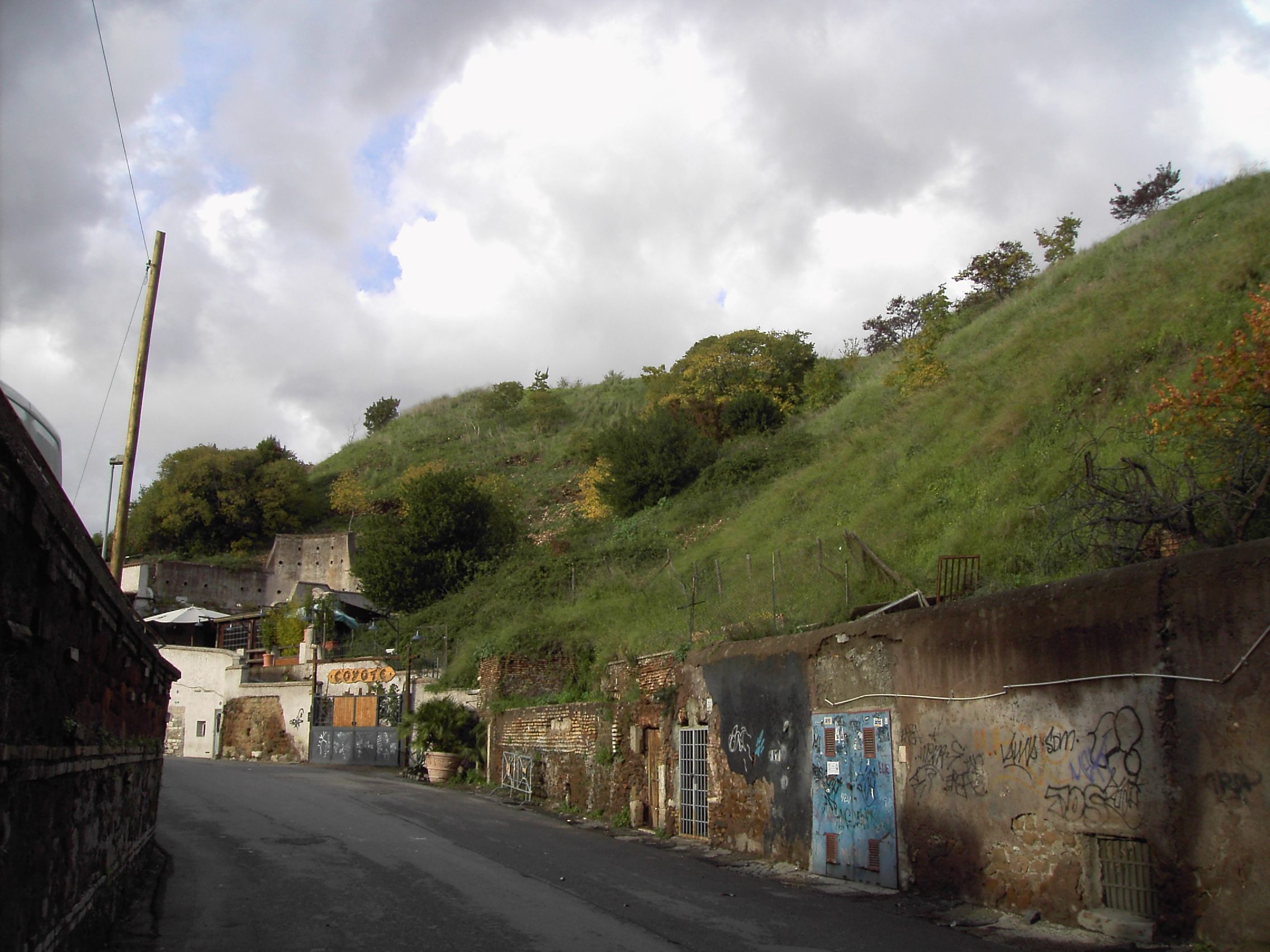
Experimental archaeology with a sensory bent, Monaco says, can be a more accessible bridge between then and now. She’s not alone in thinking so. “There is nothing more commonplace than eating and drinking,” writes the French historian Jean Bottéro in The Oldest Cuisine in the World: Cooking in Mesopotamia. “Certainly nothing can acquaint us better with the representatives of a culture than joining them for a moment or two in these activities.”
Attempting to recreate the meals of the ancient past, at least based on the crumbs of available evidence, invites modern cooks, bakers, and eaters to roll up their sleeves, pull up a seat, and tuck in. “For so long, we’ve only done archaeology with our eyes,” Monaco says. She wants to help get our stomachs involved.
Experimental archaeologists role-play the past in service of understanding it. Some replicate ancient tools and technologies, or create historic crafts. Last year, a group of researchers at Texas Tech University recruited game grad students and professors to launch themselves through the air to reconstruct the mechanics of the classical Greek halma, or long jump.
It’s not uncommon for experimental archaeology projects to hinge around food and drink. Take the work of Patrick McGovern, scientific director of the Biomolecular Archaeology Project for Cuisine, Fermented Beverages, and Health at the University of Pennsylvania Museum. McGovern resurrects historic libations by analyzing the residue on jugs and bottles. In one such effort, he scrutinized traces left behind on bronze vessels from a raucous funeral 2,700 years ago at the Midas Tumulus, the tomb in central Turkey, where King Midas is thought to have been interred. To his surprise, the investigation detected a concoction that mingled grape wine, barley beer, and honey. He wasn’t convinced that it would go down easy, and, in 2000, he challenged contemporary brewers to reverse-engineer the recipe. In response, Dogfish Head brewery cooked up Midas Touch beer, “2,700 years in the making.”
McGovern finds molecular evidence, but a general problem with reconstructing ancient cuisine is that specifics are hard to come by. For one thing, the written record is spotty. For many places and periods in the ancient world, Bottéro writes, “we can easily find out what they ate, but not how they prepared or enjoyed it.”

Even when ancient recipes have survived, their instructions can be maddeningly vague. The ingredients may evade easy translation or prove difficult to source. Among the oldest surviving recipes are three clay tablets housed in the Yale Peabody Museum of Natural History, from the Old Babylonian period, around 1700 B.C. Even translated from ancient Akkadian to English, they remain puzzling. The tablets’ age, fragile medium, and “long sleep underground” have erased some of the specifics, Bottéro writes. Other seemingly crucial fine points were omitted from the beginning. “There is still an element of interpretation, because [the tablets] don’t mention amounts, time, or other details that seem to have been taken for granted,” says Agnete Wisti Lassen, associate curator of the Yale Babylonian Collection.
One recipe, for a clear broth, reads like this, with brackets indicating illegible words and question marks denoting reasoned guesses: “Meat is used. Prepare water; add fat [ ], milk (?), cypress (?) as desired, and mashed leek and garlic. It is ready to serve.”
Next month, Lassen will recreate some of the recipes on the most-detailed tablet with a team including a philologist and a food chemist from Harvard University, as well as food historian Nawal Nasrallah, author of the cookbook Delights from the Garden of Eden. Each expert is bringing a batch of questions to the table, and they hope to have some answers to present at a symposium later this year at New York University. “Carefully documenting and describing the process is one of our main aims,” Lassen says.
Monaco often brings together bits and pieces of various recipes, such as when she paired Cato’s recipe for tracta (a farro-and-flour bread) with Apicius’s recipe for fabam vitellianam, a dip made from beans and eggs. The latter required a bit of experimentation, because though Apicius called for yolks, broth, wine, vinegar, pepper, ginger, and honey, he ignored the quantities.
Sometimes, she’ll have to swap, substitute, or tinker with ingredients, particularly when they prove hard to track down. She enlists asafoetida (a pungent dried sap commonly used in Indian cuisine), to use as a stand-in for silphium, a mysterious herb that is believed to have been harvested to extinction. This particular replacement was even suggested in antiquity: Roman agricultural writer Columella suggested it in an agriculture manual dating to the first century.
Since many ancient recipe are skeletons, the palate is a useful guide. If the first attempt results in a gummy texture or off flavor—something “that might keep you fed, but is not very enjoyable,” Monaco says—she’ll give it another go. “We all have the same tongues, we all have the same reactions to spice and salt,” she explains.
But it’s not guaranteed that our palates haven’t changed over time. “You can’t definitively conclude that the Romans didn’t like to put a ton of garum [a common fermented fish sauce] in their food because they liked it to be extra fishy. That’s archaeology in a nutshell,” she adds. “Everything will always be subject to interpretation to a degree.”
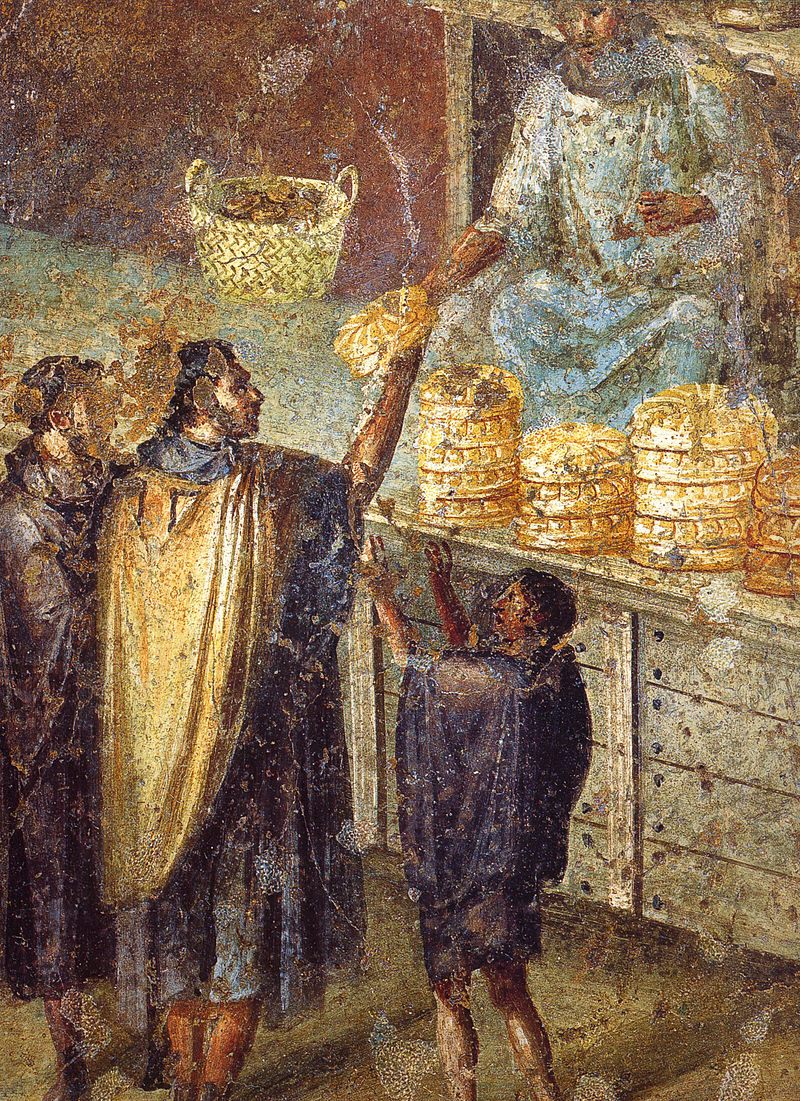
Monaco’s panis quadratus required some detective legwork and a little imagination. There’s no recorded recipe, so she conjured one by combining information from a number of sources, including frescoes and references in Roman texts such as Historia Naturalis, by Pliny the Elder. From these, she devised a recipe that brought together spelt and whole wheat flour, both of which were staples of the classical diet.
She deliberately skipped some elements of the ancient production process—no donkey to power the grain mill—and approximated other steps, since the details are a little hazy. Using a knife, she scored the bread into eight sections, mimicking the shape of the carbonized loaves. The historical record doesn’t offer any specific information about how or why these marks were made. Monaco, like Italian chef Giorgio Locatelli, who attempted a loaf of the bread for an exhibition at the British Museum in 2013, also used a piece of twine to indent the deep groove that wraps around the loaf’s middle. (The purpose of that groove is an open question, too. Monaco speculates that it could be a useful carrying method, but ultimately ruled it too clumsy for a baker in a high-volume bakery to manage.)
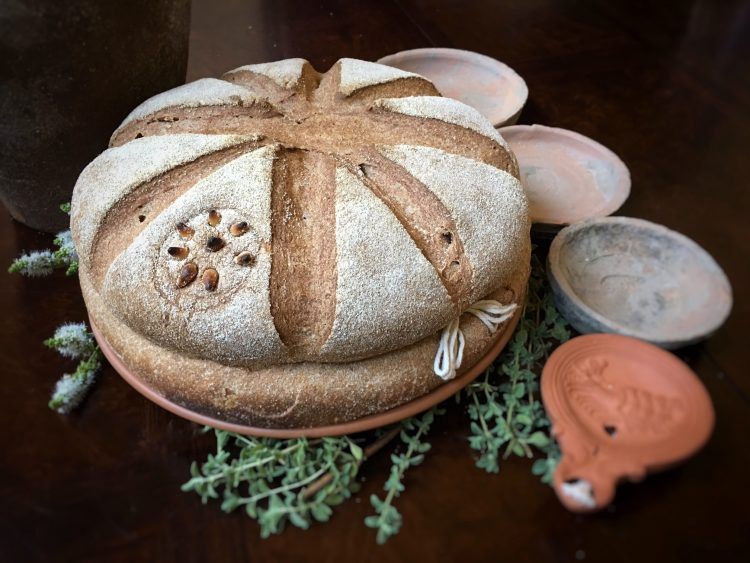
Monaco’s take on panis quadratus browns to an oak color, is dusted with coarse flour, semolina, or wheat bran, and has a heavy crumb. And the taste works. Monaco plans to make it a staple of her table.
She’s also heading back to Italy this summer, this time to cohost a week-long culinary retreat in the Roman countryside. With Ken Albala, a professor of history at the University of the Pacific, Monaco will stage demonstrations and lectures, and shuttle a group of history-loving gourmands—from food historians to students and hobbyists—to markets. Together, they’ll try to recreate historic meals, and think about ancient tables and the people clustered around them. “It’s an alternative way of exploring our history,” Monaco says—one that she finds filling.
Gastro Obscura covers the world’s most wondrous food and drink.
Sign up for our email, delivered twice a week.






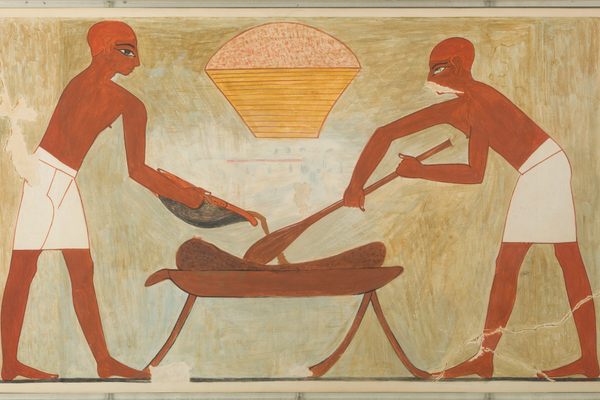
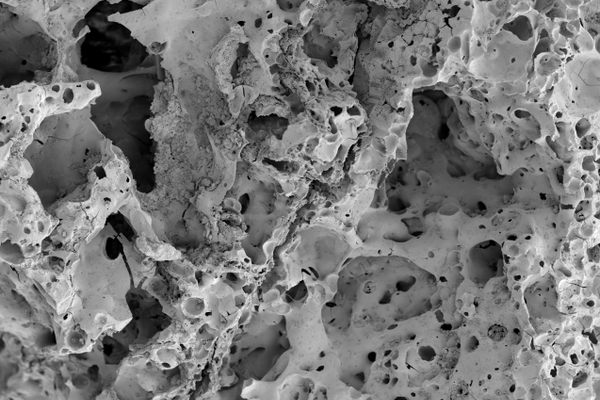

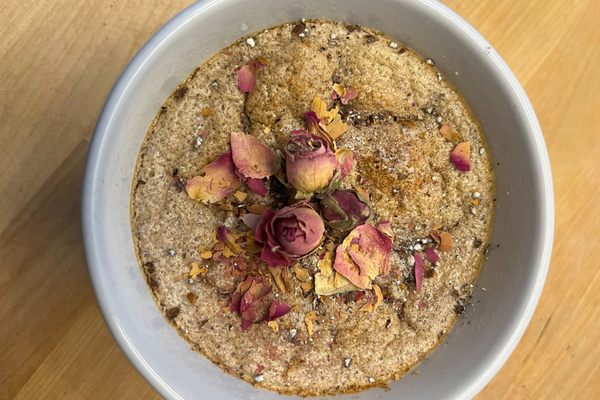
























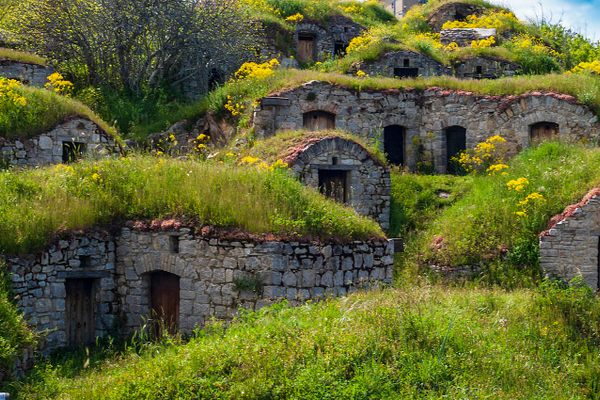



Follow us on Twitter to get the latest on the world's hidden wonders.
Like us on Facebook to get the latest on the world's hidden wonders.
Follow us on Twitter Like us on Facebook